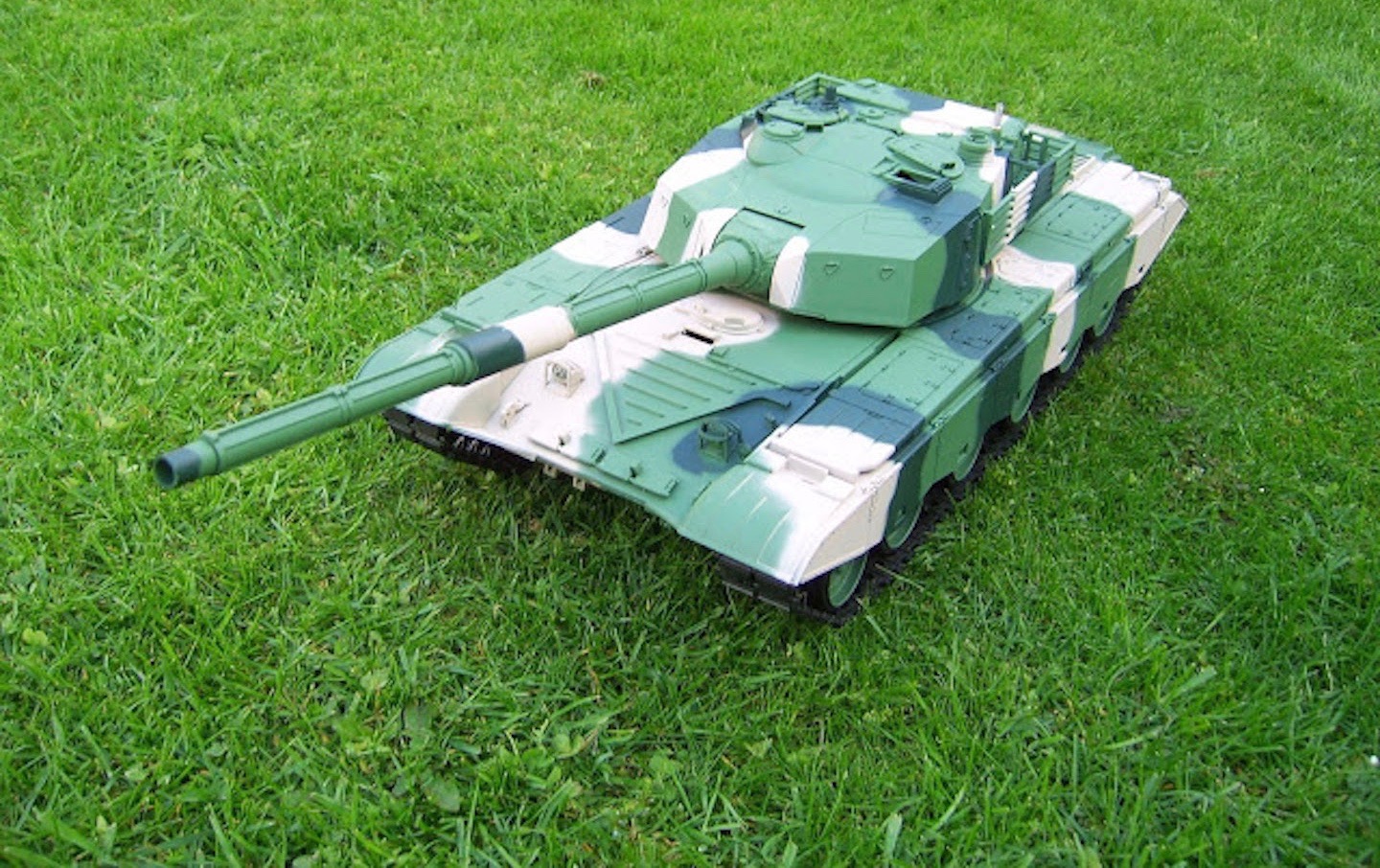News
Latest > How virtual reality
May 15th, 2017
How virtual reality
Is coming to the golf industry
Words: John Dean

The common perception of Virtual Reality (VR) is that it is just for video gamers – but Harris Kalinka, the world’s leading golf course animation company, is showing how it can be applied for the benefit of the golf industry.
The UK and Latvia based company is leading the way in utilising VR technology in the fields of both golf course design and architecture, enabling developers, operators, and potential investors the opportunity to immerse themselves wholly in a design, rather than simply looking at a two–dimensional blue–print.
The difference this makes to all with a vested interest is immediately palpable, as architect for this year’s US Open venue, Erin Hills, Dr Michael J Hurdzan observed.
He explained: “As a golf course architect with more than 50 years of experience, I see VR as a vital planning tool that clients will expect to see. There is a lot of truth to the adage ‘seeing is believing’, and VR and the Oculus headset will make people believers. Three dimensional is today’s luxury that will become tomorrow’s necessity, to include planning, improving and marketing golf courses.
“The aura, essence and spirit of a golf landscape are three–dimensional, and hence, for more than a century, 2D photography has fallen short in capturing those qualities. VR has advanced that art and science to a modern pinnacle that is affordable, available, and expected by savvy consumers.
“To remove the ambiguity of reading line drawings and to be able to visually explore a design idea in all dimensions, before construction, is a client service that is priceless. Yet now, advances in science and technology have made it affordable, convenient, and expected.”
Virtual reality is defined as the computer-generated simulation of a three–dimensional image or environment with which users can interact in a seemingly real or physical way using special electronic equipment.
And the Oculus Rift is one such piece of equipment. A virtual reality headset developed and manufactured by Oculus VR, a division of Facebook, it creates a 3D environment, allowing users to use the Rift while sitting, standing, or walking around the room.
Harris Kalinka is utilising this state–of–the–art technology to place users on golf courses that are not yet built or redeveloped, and in clubhouses and properties that otherwise exist only on an architect’s plan.
Harris Kalinka co–founder Andrew Harris explained: “The best way to gauge how realistic is the experience, is to watch people’s reaction when they look around. We have had several people admit their ‘legs went’ when they suddenly realised they were looking over a cliff edge from a tee box, while, in the USA, we had one lady try to run away when she discovered an alligator at her feet on the green.
 “Another kicked out at the alligator and actually connected with the shin of my business partner, Juris Kalinka – and I can confirm there was nothing virtual about the bruise he had the following morning!”
“Another kicked out at the alligator and actually connected with the shin of my business partner, Juris Kalinka – and I can confirm there was nothing virtual about the bruise he had the following morning!”
Harris Kalinka has already established itself as the leading studio for golf visualisations and its impressive animations and striking images have been viewed millions of times on the web. But, as Harris explained, the only way to experience the virtual world of the Oculus Rift is to physically use it.
“No animation or graphic can successfully illustrate the 3D environment one finds oneself in when using the headset,” he said. “It has to be experienced to be believed. Initially, users have a beaming smile on their face because it has the ‘Wow!’ factor.
“But it soon dawns on them that the potential in golf and related architectural projects is enormous. There’s no longer any need to imagine what the golf course may look like or what one might feel on the balcony of a new property overlooking the 18th fairway, because the Oculus puts you right there … in that virtual environment.
“And, with the stereo earpieces attached, one can even appreciate the sound of birdsong, lapping waves or a nearby waterfall.”
Another who has benefited from Harris Kalinka’s work is Andrew Haggar, director of architecture at Faldo Design.
He added: “I’d never experienced anything like the Oculus before – and it is an experience. It must be one of the most powerful tools to enable visualisation of something that isn’t there yet. If you have someone wondering what the view from a particular point on the property is going to be, or if you just want to provide a real impression of the golf course with its holes in context, then this is the way to do it.
“What I particularly liked was the visualisation which had me standing just outside the patio doors of a lovely on-course villa. I looked out over the sun-drenched decking complete with table and chairs and adjacent pool to the golf course beyond. I then turned around and looked through the open glass doors into the living area of the villa, seeing how it looked fully furnished and finished out, complete with books on shelves.
“What a great sales tool for any client: whether promoting the project to potential funders or selling property, development lots, holiday rentals or memberships.”
Related:

